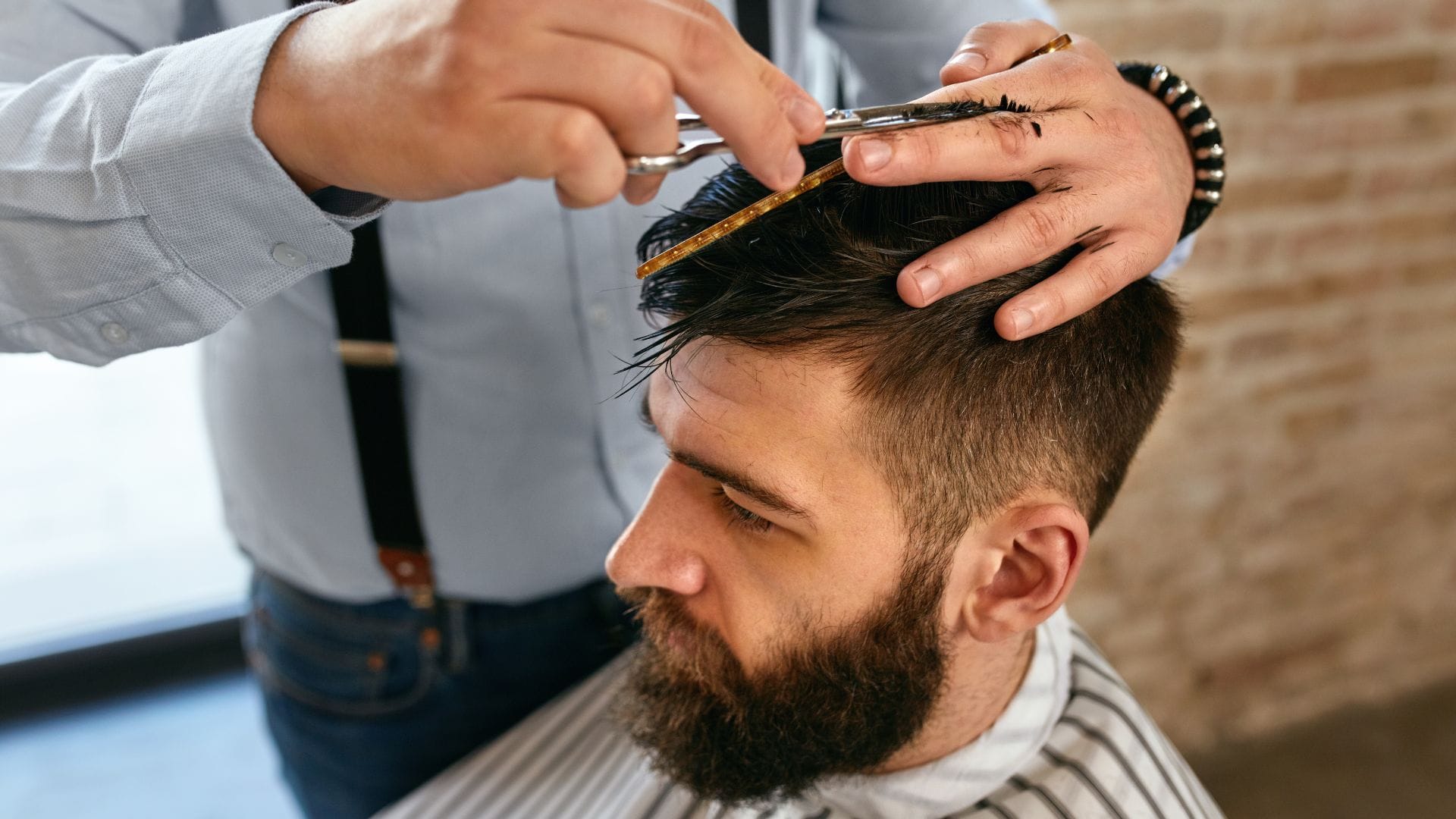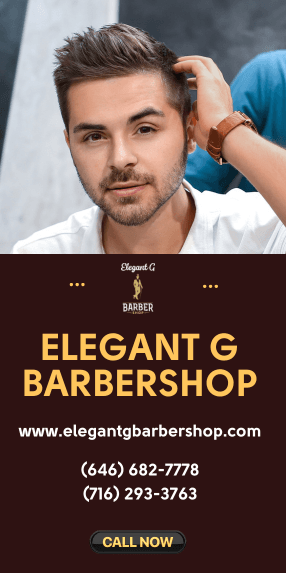A good haircut can enhance appearance, boost confidence, and define personal style. However, simple mistakes can ruin the desired look and take weeks to fix. Understanding these common mistakes and learning how to avoid them ensures a better haircut experience.
1. Choosing the Wrong Hairstyle
Choosing the wrong hairstyle can significantly affect your overall appearance, as not every hairstyle complements every face shape or hair type. One of the most common mistakes people make is selecting a trendy style without evaluating whether it suits their facial structure. For example, a round face might not pair well with cuts that add too much width at the sides, as it can exaggerate the roundness. Similarly, narrow or elongated faces may not benefit from hairstyles that add height, as it can make the face appear longer. Face shape is just one component—hair texture and density must also factor into the decision.
Hair type plays an equally important role. For instance, individuals with fine hair often attempt styles meant for thicker hair, only to find the results lack volume and structure. Coarser or curly hair needs styles that complement its natural bounce and growth pattern, whereas straight hair might require layering techniques to add depth and movement. A look that seamlessly enhances your features relies on harmonizing all these factors.
Consulting a professional barber can make all the difference. Barbers are trained to identify styles that work best for your combination of face shape, hair type, and lifestyle. They can assess your natural growth patterns, cowlicks, and the way your hair falls to customize a look that not only complements your appearance but is also easy to maintain. By taking the time to discuss your preferences and collaborating with a skilled professional, you can avoid the disappointment of choosing a hairstyle that doesn’t work and instead walk away with a cut tailored for you.
2. Ignoring Hair Type
Understanding your hair type is an essential factor in achieving a sharp, long-lasting, and flattering haircut. Different hair types—such as curly, straight, wavy, or thinning hair—require tailored techniques and tools to bring out the best finish. Ignoring the unique needs of your hair and opting for a general cutting approach can lead to disappointing results, robbing the style of its character or causing unnecessary maintenance hassles.
Take curly hair as an example. Its natural volume and texture demand precise layering and controlled shaping to prevent the hair from looking bulky or uneven. Incorrect handling, such as cutting wet hair without accounting for shrinkage, can result in shorter lengths than intended. On the other hand, straight hair, which often grows in predictable patterns, requires strategies like texturizing or layering to avoid a flat, lifeless appearance. Understanding what works best for each type ensures the haircut complements the texture, rather than working against it.
Men experiencing thinning hair face different challenges. Trying to retain length to cover thinning spots can often draw more attention to them, especially under certain lighting. Instead, opting for shapes that minimize the appearance of thinning areas—like shorter, blended styles—can make the hair look more uniform and fuller. Proper cutting techniques, combined with the use of specific products, ensure such challenges are managed effectively.
Professional barbers are well-versed in adapting their cutting methods to different hair types. Whether it’s maintaining the curl pattern, adding volume to fine hair, or creating structure for coarse hair, they rely on years of expertise to strike the perfect balance. Avoiding one-size-fits-all solutions and working with the natural flow of your hair will ensure that the results are polished, manageable, and visually appealing.
3. Using Dull Scissors
A frequent yet significant mistake in hair cutting is the use of dull scissors. Dull scissors not only produce uneven cuts but can also damage the integrity of hair strands, leading to split ends and fraying. When hair is cut with a tool that lacks sharpness, the blades tend to crush the strands rather than slicing them cleanly, which can create a rough texture and an unkempt appearance. Proper hair cutting requires precision, especially when working with layers or intricate styles, and using high-quality, properly maintained tools ensures a clean finish.
Professional barbers understand the importance of investing in premium-grade scissors made from durable materials such as Japanese stainless steel. These tools are consistently sharpened and maintained to enhance their precision, ensuring each cut is smooth, clean, and consistent. A professional barber in New York will always rely on these high-grade instruments, not only to deliver sharp and accurate haircuts but also to preserve the health of the hair. By choosing a skilled barber who uses the right tools, clients can trust that their hair will not only look its best but also remain strong and damage-free.
4. Cutting Hair When Wet (For Some Styles)
Cutting hair when wet can work wonders for specific styles but is not an ideal approach for others, particularly for curly or heavily textured hair. Wet hair appears longer and straighter when saturated, which can mislead barbers or stylists into cutting it too short. Once the hair dries, it often shrinks and coils back into its natural state, leaving clients with a shorter-than-desired length. This is especially concerning for individuals with tightly curled or kinky hair textures where shrinkage can be significant.
For textured or curly hair, cutting when dry or only slightly damp is the preferred method for achieving a more accurate and predictable result. Dry cutting allows the barber to see how the hair naturally falls and behaves, making it easier to sculpt the final style to suit the client’s face shape and preferences. Professional barbers in New York are trained to assess and adapt to different hair types, knowing when wet cutting may be appropriate and when it might lead to less-than-ideal results. They tailor their methods to ensure every client leaves satisfied, whether the goal is precision shaping of curls or creating a sharp, structured look for straight hair.
5. Skipping Regular Trims
While growing out hair can be a priority for many, skipping regular trims during the process can result in unkempt and unhealthy strands. Over time, hair can develop split ends, which, if left untreated, may travel further up the shaft. This not only compromises the hair’s health but can also give it a scraggly, frizzy appearance devoid of structure. Regular trims are essential to maintaining the shape and style of the haircut, as well as preventing damage from spreading.
A visit to a professional barbershop in New York ensures hair is maintained in optimal condition with timely trims. Barbers meticulously examine the hair to identify and remove split ends without sacrificing unnecessary length. Beyond maintaining health, regular trims contribute to a polished and neat appearance, reinforcing a sharp, well-groomed look. Whether aiming to sustain a shorter hairstyle or grow out longer locks, staying on a regular trimming schedule is a simple yet crucial step to keeping hair looking its best. Professional barbers understand this balance, helping clients achieve their hairstyle goals while keeping the hair manageable, healthy, and visually appealing.
6. Not Considering Hair Growth Patterns
Hair growth patterns play a critical role in determining the overall look and manageability of a haircut. Ignoring these natural patterns, such as cowlicks, crown growth, or uneven hair growth, can result in styles that are difficult to manage on a day-to-day basis. Cowlicks, for example, are sections of hair that naturally grow in a different direction from the surrounding hairs. If a barber does not account for these unique growth directions during the cutting process, the final hairstyle can appear awkward or undone, and clients may struggle to recreate or maintain the look on their own.
Skilled barbers take the time to examine the natural growth of the hair before making any cuts. This may involve analyzing the direction of growth at the crown of the head, the way hair naturally lays along the hairline, and how strands behave in areas like the nape of the neck. By taking these factors into account, a professional can craft a haircut that works in harmony with the hair’s natural tendencies, making it easier to style and maintain. Styling difficulties caused by ignored growth patterns can lead to frustration, as clients often find themselves battling against their hair rather than working with it. A skilled barber prevents this by tailoring the haircut to complement rather than contradict these natural characteristics.
Strategically working with hair growth patterns not only enhances the overall aesthetic but also ensures that the style grows out more gracefully, reducing the appearance of uneven regrowth over time. Whether the desired style is a sleek modern cut or a textured, casual look, careful attention to natural growth patterns is essential to achieving a polished result. Clients will leave the barbershop with hair that looks great and feels manageable, thanks to the expertise of a professional who understands the importance of considering individual growth patterns.
7. Overusing Clippers
Clippers are an invaluable tool for any barber, especially when creating sharp fades, undercuts, or clean edges. However, over-reliance on clippers can sometimes lead to a haircut that appears overly mechanical or unnatural. This happens because clippers, while precise, may not always provide the subtle flexibility necessary to create softer transitions and natural textures. Haircuts executed solely with clippers can sometimes lack the personality and dimension that come from blending various cutting techniques.
An experienced barber knows that striking the perfect balance between clippers and scissors is key to achieving a well-rounded haircut. Clippers excel at producing tight, uniform fades and sharply defined edges, but the finesse offered by scissors is essential for integrating these elements into the rest of the haircut. By combining clipper work with scissor work, a barber can achieve a seamless blend that adds depth, detail, and natural flow to the overall style.
For example, in a classic fade haircut, starting with clippers creates the foundation of the fade by cutting the hair into progressively shorter lengths from top to bottom. However, a skilled barber uses scissors and freehand techniques to ensure that the transitions between lengths are smooth and gradual. This method prevents any harsh lines or abrupt changes in the haircut, resulting in a polished and professional appearance. Overusing clippers in this scenario could lead to a visible disconnect between the shorter and longer sections, detracting from the quality of the haircut.
Precision tools like clippers must be complemented by the artistry of scissors to avoid creating a “cookie-cutter” effect. Using both tools strategically ensures the finished cut looks sophisticated and natural, allowing the client’s unique features and preferences to shine through. A balanced approach leaves clients with a haircut that is stylish, modern, and perfectly tailored to their needs.
8. Poorly Blended Fades
A fade haircut is one of the most popular and versatile styles, known for its clean and contemporary appearance. However, achieving a flawless fade is an intricate process that requires patience, expertise, and an eye for detail. Poorly blended fades are a common issue when inexperienced barbers attempt this style. The result can be harsh lines or visible steps between the different layers of hair lengths, which detract from the smooth, professional finish that clients expect.
A well-executed fade hinges on seamless blending, where the transition from longer to shorter hair appears fluid and gradual. Proper blending requires more than just technical skill with clippers—it involves understanding how to taper the hair consistently while maintaining even proportions. Skilled barbers utilize an array of tools, such as clipper guards of varying lengths, combs, and blending shears, to ensure that every section of the fade flows naturally into the next. This attention to detail is what separates a standard haircut from a truly exceptional one.
Communication also plays an important role in executing a fade that complements the client’s features. An experienced barber in New York, for instance, will discuss the desired level of fade—be it a low, mid, or high style—as well as how sharply the transition should be defined. These subtleties allow the barber to customize the cut to suit the client’s preferences and enhance their unique look. Failing to address these details can lead to a result that feels incomplete or inconsistent with the client’s vision.
Visiting an experienced barber who specializes in fades ensures top-tier results. Professionals not only have the technical proficiency to execute a flawless fade but also the artistic sensibility to customize it to the client’s needs. A perfectly blended fade embodies a luxurious attention to detail, leaving the client with a confident and polished appearance that is difficult to replicate elsewhere.
9. Ignoring Maintenance Products
A fantastic haircut is just the beginning of maintaining a polished and well-groomed appearance—it requires ongoing care to stay at its best. One of the most overlooked aspects of hair care is the importance of using high-quality maintenance products. Shampoos and conditioners formulated for specific hair types can make a world of difference in keeping hair healthy and manageable. For example, men with thinning hair can benefit immensely from volumizing shampoos and conditioners enriched with ingredients that promote strength and growth. Likewise, styling products such as pomades, gels, and matte clays are essential for achieving and maintaining certain looks, whether sleek and professional or textured and casual.
Failing to invest in proper maintenance products can leave even the best haircut looking flat, dull, or lifeless over time. Neglecting hair care may also lead to issues like brittle strands, dryness, or an oily scalp, detracting from an otherwise immaculate style. It’s important to consult with your barber about recommended products tailored to your specific hair type and lifestyle. These tools not only maintain the shape and structure of a haircut but also enhance its overall appearance, ensuring lasting satisfaction long after leaving the chair. Proper maintenance is part of extending the life of your haircut and upholding the confidence that comes with a well-cared-for style.
10. Rushing the Haircut
A quality haircut demands attention to detail, precision, and adequate time to execute. Rushing through the haircutting process often results in uneven lines, sloppy transitions, and an overall unfinished look that fails to meet expectations. Small yet significant details—such as ensuring symmetry, refining the fade, or trimming stray hairs—are what elevate a haircut from average to excellent. Without the necessary care, critical elements of the cut may go overlooked, leaving the client dissatisfied and the style feeling incomplete.
Taking the time to ensure precision and artistry during a haircut not only guarantees a better result but also enhances the entire experience for the client. A skilled barber knows that a rushed job reflects poorly on their craftsmanship and reputation. Instead, they take pride in creating a custom look, considering factors such as face shape, hair texture, and lifestyle preferences. By allowing enough time for these considerations, the barber can focus on fine-tuning the haircut with clean lines, smooth transitions, and a finish that exudes professionalism.
Clients are encouraged to choose reputable barbershops where time and attention are valued as much as technique. Skilled professionals work methodically, ensuring that every detail receives proper care from the consultation to the final touch. A well-executed and carefully paced haircut leaves the client feeling confident, polished, and eager to return for the same exceptional service. Patience, after all, is key to achieving a flawless and satisfying result.
Conclusion
Avoiding these common haircut mistakes leads to better results and a more stylish look. A professional barber understands different hair types, styles, and cutting techniques to deliver the best outcome. Taking the time to choose the right style, maintain hair properly, and visit a skilled barber ensures a consistently great haircut.


